Alert:

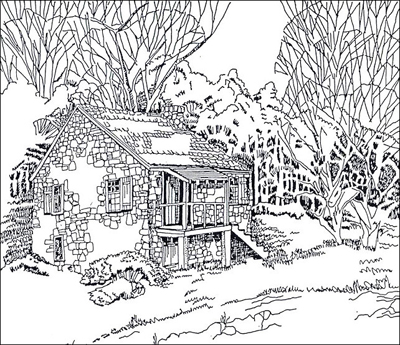
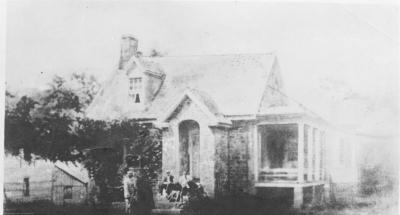
Courtesy of FCPA Archives
This photograph of Walney, taken in 1896, is one of the earliest photographs of the property. It shows the renovations made by the Machens in the 19th century.
None of James Machen's descendants were interested in operating the family farm, and so Walney was rented to local farmers. From 1904 to 1921, Walney was rented to several families, including the Northrop and Rutter families, until the house was advertised for sale in 1921 for $50,000. The house remained on the market until 1935 when the property was purchased by Ellanor C. Lawrence and her husband, David, to use as a rural retreat. When the Lawrences purchased Walney, they allowed two families, the Crane and Beresford families, to live in the stone house as caretakers. The caretakers paid little rent, but instead maintained the house and grounds, helping Ellanor expand and modernize both house and grounds while preserving the character of Walney.
Ellanor Lawrence had a passion for preserving her home's character. With the help of the Beresfords, Cranes, and local tradesmen, she made several alterations to the buildings and grounds. Trees were cut, flower beds and stone walls were built, there were additions to the property, and older outbuildings were torn down. Images from the 1940s and 1950s depict some of Ellanor's renovations. The main renovations in the mid-20th century include the addition of a wing to match the original on the north side of the house, a rear two-story addition with a balcony, and a garage adjacent to the house.
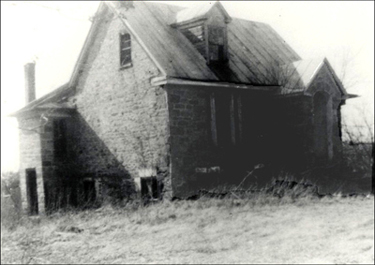
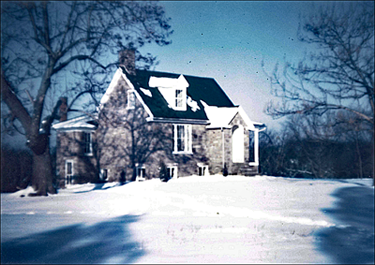
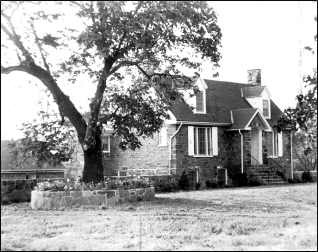
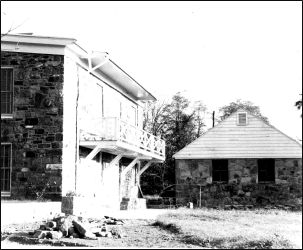
Photographs of Walney, ca. 1950
Courtesy of Fairfax County Park Authority
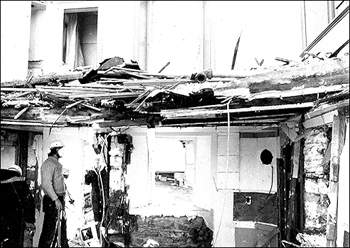
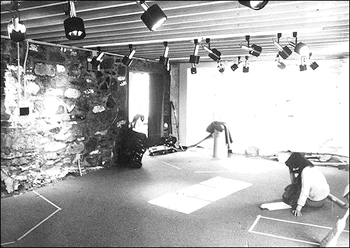
Renovations of Walney, ca. 1980
Courtesy of Fairfax County Park Authority
Lewis Machen was interested in scientific farming at Walney. Scientific farming became increasingly popular during the mid-19th century when farmers began to experiment with methods of irrigation, fertilizers and machines in order to make farming more efficient. Lewis sought to learn what other farmers had done to improve their productivity. He studied and recorded what others did. Here are examples of notes he copied into his journal.
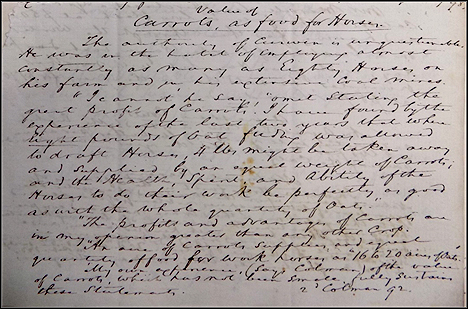 Carrots, as food for Horses.
Carrots, as food for Horses.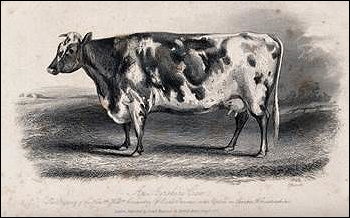 Ayreshire Cows
Ayreshire Cows
An Aryeshire cow, it is said by the [?] authority will yield 257 pounds butter per annum or 5 lbs per week, all the year round, besides raising the Calf.
{According to the 1850 Agricultural Census, Lewis Machen had 5 "milch" cows and increased to 10 by 1860. However, historians do not know which breed Machen specifically owned.}
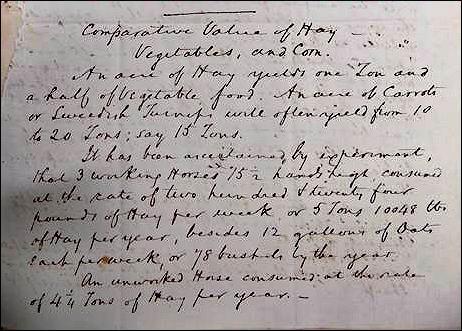 Comparative Value of Hay, Vegetables, and Corn
Comparative Value of Hay, Vegetables, and Corn
The ice pond at Ellanor C. Lawrence Park is a rare surviving example of a technology found in Virginia. Ice ponds were common in northern states, where long, cold winters produce natural ponds filled with frozen water that could be made into ice. However, in many Southern states, including Virginia, many farmers purchased ice from local markets or constructed their own shallow ice ponds from which to harvest ice. The ice pond at the park is one of the few surviving ice ponds in Virginia that provide insight into how ice was harvested in the 1800s. Another surviving example includes an 1855 ice pond on the privately-owned Hook-Powell-Moorman Farm in Franklin County, Virginia.
What would it take to harvest ice in the winter? Imagine having to work outside harvesting ice.
Harvesting ice from the pond was hard, grueling work that required numerous specialized tools and horsepower. First, snow was scraped off the ice using a scraper pulled by horses. The snow was discarded on the side of the pond. The pond then would be marked with planks into rows so that the blocks of ice could be easily maneuvered while harvesting. Large ice saws would then cut through the ice, after which men would push the ice to the water's edge. The ice blocks would be lifted with ice tongs onto a horse drawn wagon and then carried to the ice house.
The following video provides a glimpse into ice harvesting in the early 20th century at Pocono Manor, Pennsylvania. Even though the Machens were harvesting ice 60 years earlier, in the 1850s, many of the tools and methods used were the same.
